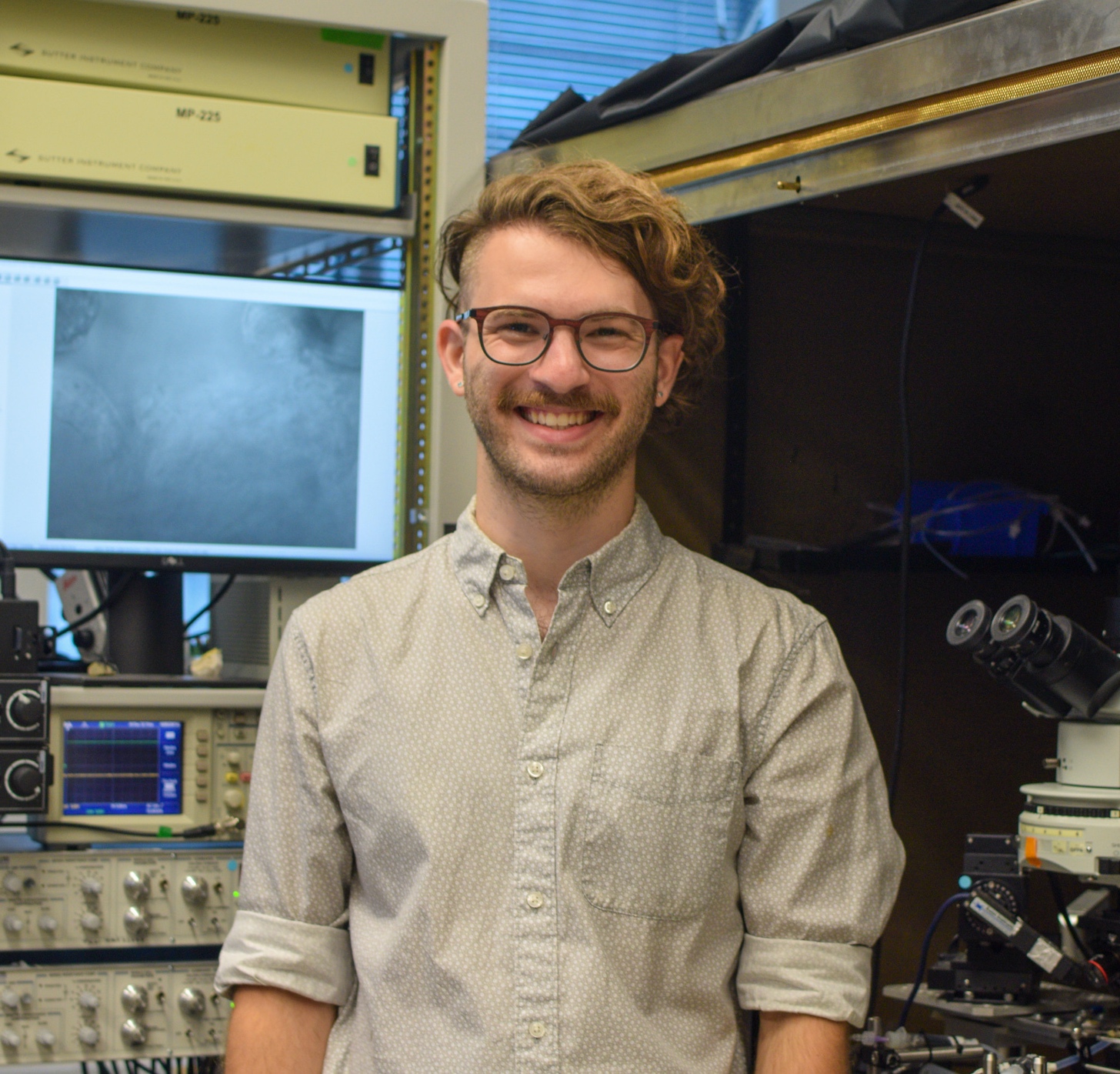Interneuron diversity in the Drosophila antennal lobe promotes computational flexibility and adaptive coding properties
Published in Harvard University, 2022
Abstract: Animals have a remarkable ability to function over a wide range of environmental contexts and across large shifts in natural statistics. In contrast, engineered solutions often fail to produce the same degree of computational flexibility in response to changes in input statistics, highlighting the difficulty of the problem at hand. How is this degree of adaptability achieved? To answer this question we turn to a highly tractable model for sensory encoding, the Drosophila antennal lobe. A remarkable feature of the Drosophila antennal lobe is the diversity of local interneurons (LNs) it contains, which exceed the number of excitatory output projection neurons (PNs). These interneurons are frequently inhibitory and have been attributed to several important computations including, divisive normalization, temporal whitening, and stimulus lateralization. Yet no studies to date have linked specific interneuron types to these functions, nor described the functional advantage of interneuron diversity. We set out to study the contributions of specific LN types to odor encoding using a combination of connectomics, in vivo physiology, optogenetic perturbation, and computational modeling. We discovered LNs that can be described as either downward compressors - which can perform input or response gain control, and LNs that can be described as downward expanders - which can function as noise-gates. Within two types of LNs that perform gain control we note that one type (LN2F_b) preferentially targets olfactory receptor neuron (ORN) axon terminals, while another (LN2P) preferentially targets PN iv dendrites. Through computational modeling we demonstrate fundamental differences between presynaptic and postsynaptic gain control on encoding stimulus dynamics and intensity. We test these predictions by optogenetically perturbing LN2F_b and LN2P and observe results that closely match our model. Furthermore we find that these LN types differ in the spatial scale of their activity - with LN2F_b acting globally, but LN2P acting locally through compartmentalized activity. We note that these LNs form inhibitory connections on one another, and trade off depending on odor breadth context. Finally, we observe that recruiting inhibition with odor recruits presynaptic-like and postsynaptic-like effects with different temporal dynamics - indicating that these forms of gain control may also trade off depending on whether odors originate from the same source or not. In conclusion, we propose that antennal lobe LNs can be thought of as one of four functional super-types: 1) Global presynaptic inhibitory LNs, 2) local postsynaptic inhibitory LNs, 3) global postsynaptic disinhibitory LNs, and 4) global excitatory LNs. These super-types serve distinct roles that vary based on environmental context and input statistics, allowing for greater computational flexibility and adaptive coding properties.
